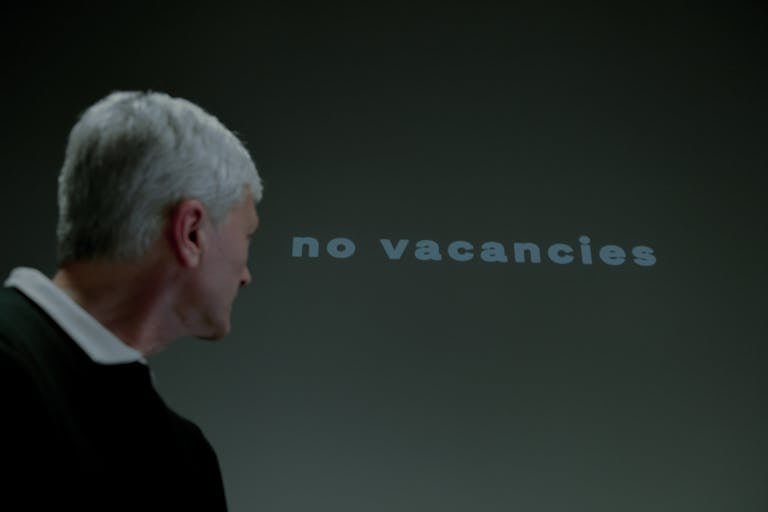Are you thinking about leaving your current job but unsure how to do it professionally? Giving a two-week notice is not just a formality; it’s a crucial step in maintaining your professional relationships and ensuring a smooth transition. This guide will walk you through everything you need to know to give your two-week notice the right way.
What is a two-week notice and Why Give It?
Understanding the Concept
A two-week notice is a formal declaration of your intention to leave your current job. It typically includes your resignation letter and a meeting with your manager. The goal is to notify your employer in advance, allowing them time to find a replacement or redistribute your responsibilities.
Benefits for Employees and Employers
Giving a two-week notice benefits both you and your employer. For you, it helps maintain a positive relationship with your current employer, which can be valuable for future references. For the employer, it ensures minimal disruption to business operations. According to Alison Doyle, a job search expert, “Leaving on good terms can help you maintain a positive reputation in your industry.”
When Giving Two-Week Notice Might Be Difficult (and Alternatives)
Challenging Scenarios
Sometimes, giving a two-week notice may not be feasible. You might be leaving on bad terms, or perhaps you have an urgent new job starting soon. In such cases, it’s essential to handle the situation delicately.
Alternative Approaches
If you can’t give a full two-week notice, try negotiating a shorter notice period. Offer to assist with the transition remotely or suggest ways to transfer your knowledge quickly. Career expert Liz Ryan recommends, “Be honest about your situation but also express your willingness to help in any way possible.”
The Essential Steps to Writing a Two-Week Notice
1. Gather Information
Before writing your resignation letter, check your employment contract or company handbook for specific notice period requirements. Some companies might have different policies, so it’s crucial to be aware of these before proceeding.
2. Craft a Resignation Letter
Structure and Tone
Your resignation letter should be concise and professional. Include your intention to leave, your last working day, and a thank-you note. Maintain a respectful and appreciative tone throughout.
Resignation Letter Template
Here’s a simple template you can customize:
“`
[Your Name]
[Your Address]
[City, State, ZIP Code]
[Email Address]
[Today’s Date]
[Manager’s Name]
[Company Name]
[Company Address]
[City, State, ZIP Code]
Dear [Manager’s Name],
I am writing to formally resign from my position at [Company Name], effective [Last Working Day]. I have enjoyed working here and appreciate the opportunities provided to me. I will ensure a smooth transition of my responsibilities during my notice period.
Thank you for your support and understanding.
Sincerely,
[Your Name]
“`
3. Schedule a Face-to-Face Meeting
Importance of Direct Communication
Informing your manager directly before anyone else is crucial. This shows respect and professionalism, making the process smoother for both parties.
Structuring the Conversation
Be straightforward and honest. Explain your reasons for leaving if you’re comfortable doing so, and offer to help with the transition. Richard N. Bolles, author of “What Color Is Your Parachute?” advises, “Approach the conversation with empathy and understanding; your manager will appreciate your honesty.”
4. Follow Up with a Written Resignation Letter
Official Documentation
After your face-to-face meeting, follow up with a written resignation letter. This serves as official documentation and can be referenced in the future.
Resignation Email Template
Here’s a template for your follow-up email:
“`
Subject: Formal Resignation – [Your Name]
Dear [Manager’s Name],
Following our conversation, I am formally resigning from my position at [Company Name], effective [Last Working Day]. Thank you for the opportunities and experiences during my time here. I will do my best to ensure a seamless transition.
Best regards,
[Your Name]
“`
5. Offer to Assist with the Transition
Positive Impact
Offering to help during the transition period can leave a lasting positive impression. Whether it’s training your replacement or documenting your responsibilities, your willingness to assist can make a significant difference.
Additional Considerations
Communicating with Colleagues
Timing and Method
After informing your manager, the next step is to inform your colleagues. Choose the right time and method, such as a team meeting or personalized messages, to share the news.
Keeping Things Professional
Maintaining a Positive Attitude
Throughout your notice period, maintain a positive and professional attitude. Complete your tasks diligently and avoid getting involved in office gossip.
Burning Bridges? What Not to Do
Unprofessional Behaviors to Avoid
Avoid negative talk about the company or neglecting your duties. Such behaviors can damage your professional reputation. Liz Ryan emphasizes, “Leaving professionally is as important as starting professionally.”
Frequently Asked Questions
How Do I Calculate My Notice Period?
Check your employment contract for specific details. Generally, a two-week notice means notifying your employer two weeks before your last working day.
Is It Legal to Leave Without Notice?
While it’s generally expected to give notice, it’s not illegal to leave without it. However, doing so can harm your professional reputation.
How Should I Handle Exit Interviews?
Be honest but diplomatic during exit interviews. Your feedback can help improve the workplace for future employees.
Conclusion
Giving a two-week notice is a crucial step in ensuring a smooth transition and maintaining professional relationships. By following the steps outlined in this guide, you can resign gracefully and leave a positive lasting impression.
Remember, your professional reputation is invaluable. Handle your resignation with care, and you’ll set the stage for future success.





